 Donate Now
Donate Now
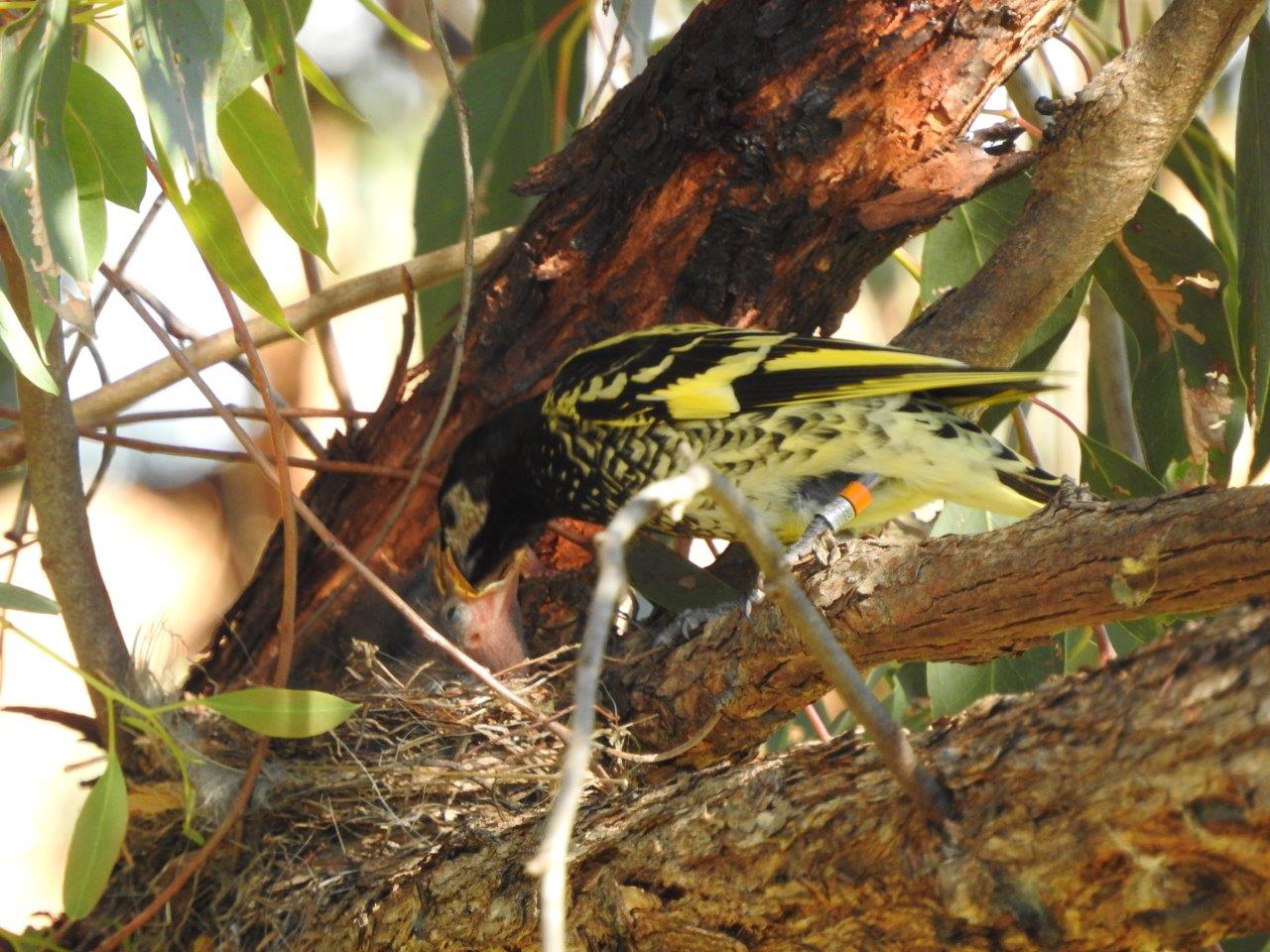
Support threatened species
The purpose of the Regent Honeyeater Project is to improve biodiversity to provide a more secure future for a number of threatened species in north east Victoria.
We focus on Box/Ironbark and Grey Box eucalypt woodland areas largely to the east and north of Benalla including the Lurg Hills and Winton Wetlands. The range of threatened woodland birds and animals using these areas includes the Regent Honeyeater, Grey-crowned Babbler, Swift Parrot, Squirrel Glider and Brush Tailed Phascogale. Threatened flora include shrubs that are rare in our region such as Indigofera and Western Golden-Tip and a number of native flowers including daisy and lily species.
Our project is named for the critically endangered Regent Honeyeater because it is the icon (rarest) of the threatened woodland bird community in the area. It can appear when the Ironbark trees are in flower in winter and can sometimes follow a procession of flowering plants into spring. To find out more about the Regent Honeyeater go to the BirdLife Australia ID Guide for Regent Honeyeaters. There are several Honeyeaters that look similar, this will help you to sort out the common from the rare.
Conserve, Revegetate, Connect
Over the last 150+ years our landscape has become fragmented, and a great majority of habitat has been lost. Our approach is to work with local landholders, land managers and volunteers to protect and restore our local environment.
Conserving existing habitat is a vital first step. This includes protecting old growth trees that produce high nectar flows and abundant hollows and important shrubs and groundcover species.
Through an active revegetation program, we are replacing missing plants and structural layers and filling in the gaps between remnants; providing shelter, shade and refuge in the process.
Our aim is to protect and restore all significant remnants of habitat in the project area, to reinstate ecological balances and create self-sustaining, biodiverse vegetation communities.
Over 25+ years we have provided connections across the whole landscape, creating strategic habitat links within the project area and beyond, to assist rare species’ seasonal movements and improve genetic diversity.
Click here to view a map of our work to date. (Large file: 9MB)
Collaborate
The Regent Honeyeater Project is an independent environmental charity, governed by a community based committee of management.
In addition to the critical role of landholders and volunteers, strong local partnerships with public agencies, community groups and businesses help to achieve our purpose.
We work with and learn from a wide range of conservation organisations, universities, government departments and agencies, and Not-for-Profits. Our activities align with the National Recovery Plan for the Regent Honeyeater and we are a member of the national Regent Honeyeater Recovery Team.
The work we do would not be possible without the generous assistance of many funding and support organisations. These include:
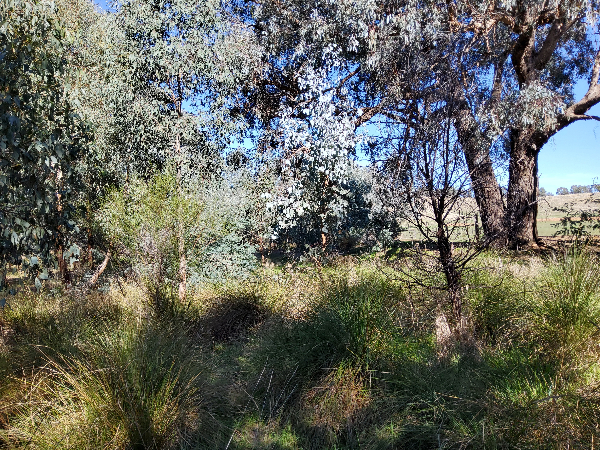
Since the beginning of the Regent Honeyeater Project 25+ years ago, over 2,460ha of habitat has been protected and/or planted.
This is the result of:
Some of the impacts for threatened species are:
Regent Honeyeater Project encourages research partnership with tertiary students and organisations. A few recent examples are:
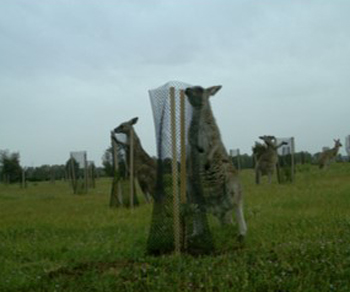
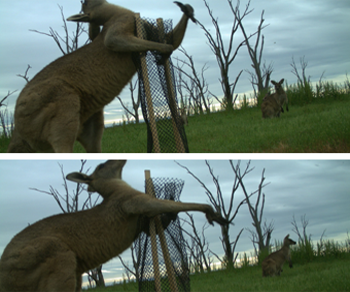
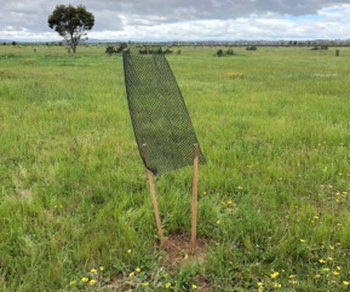
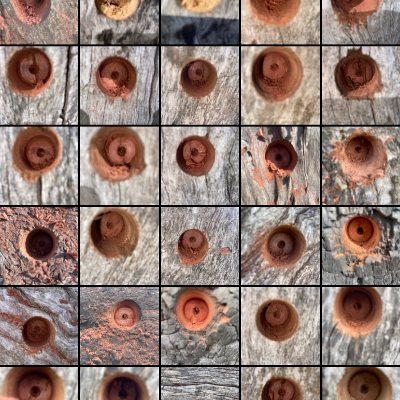
We have more than 25 years of data and experiences and would welcome further research which might include in depth analysis at the Masters or PhD level.
Citizen science activities:
The projects below help to quantify the benefits of our restoration work.
In the spirit of reconciliation the Regent Honeyeater Project acknowledges the Traditional Custodians of country throughout Australia and their connections to land, sea and community. We pay our respect to their Elders past and present and extend that respect to all Aboriginal and Torres Strait Islander peoples today.